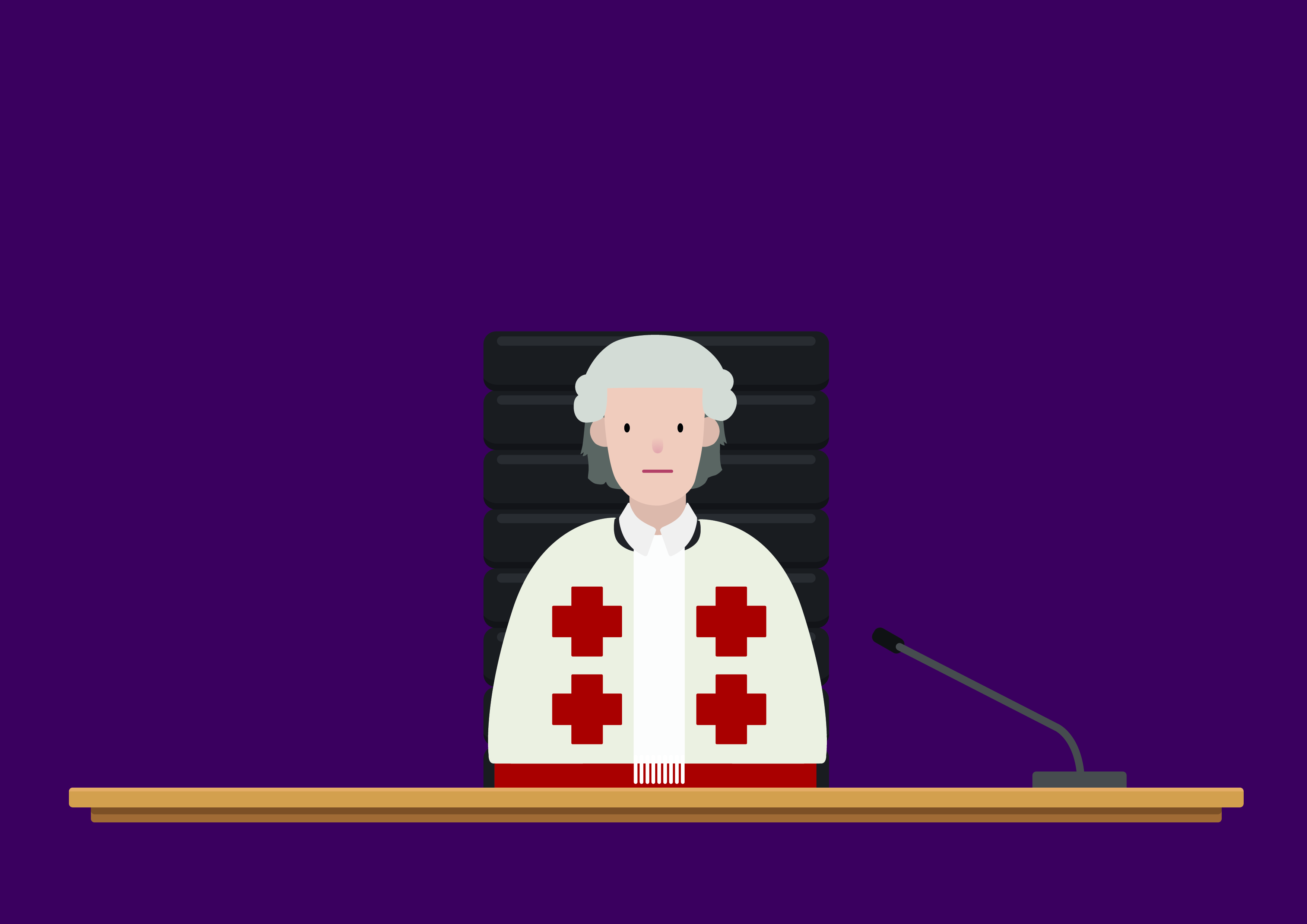How are sentencing guidelines developed?

What are sentencing guidelines?
One of the functions of the Scottish Sentencing Council is to develop and publish sentencing guidelines. These guidelines will help judges decide what sentences to give to people who have committed offences. They should also help the public to better understand sentences.
Sentencing guidelines can be general and apply to all offences. Or they may focus on a particular type of offence or category of person who has offended, for example young people. This will be stated clearly on each guideline.
Any guidelines developed by the Council must be approved by the High Court of Justiciary before they have effect.
Why do sentencing guidelines matter?
Sentencing guidelines are important because judges have to take them into account when sentencing offenders in a relevant case. This will help to ensure sentences are consistent, fair and proportionate. If a judge does not follow a guideline in a case where the guideline applies they must give reasons.
Our guidelines will be used by, or be of interest to, all court users – judges, prosecutors, defence lawyers, accused people, and victims and witnesses. They will also provide information about sentencing to the wider public and to the media.
We aim to make all our guidelines useful, informative, and accurate. Each guideline will become part of the Scottish criminal justice system and guidelines will have real effects on the people involved in criminal cases. It is important that we do what is necessary to get them right, including:
- gathering evidence,
- consulting with people who can help us put together useful, informative and accurate guidelines,
- assessing the likely effects on the criminal justice system,
- testing draft guidelines robustly to ensure that they are fit for purpose.
We want to make sure that our guidelines meet the aims set for them. So it will take time for us to develop each guideline.
How does the Council decide what topics to develop guidelines on?
The Council prepares a business plan every 3 years. That sets out what guidelines we intend to work on during those 3 years. The Council has broad discretion as to what guidelines it should prepare. The following criteria will be taken into account when selecting topics for guidelines:
- Statutory request by the High Court or Sheriff Appeal Court: the Council will be obliged to prepare or review a guideline in the event of a request.
- Statutory request by the Scottish Ministers: the Council will have regard to any request by Ministers for the preparation or review of any guideline.
- Public value: particularly where a guideline is expected to improve awareness or understanding and/ or public confidence and to what extent.
- Impact on sentencing practice: particularly in relation to the volume of offenders, offences or disposals, and/or the extent to which a guideline might be expected to promote consistency.
- Areas of particular difficulty or complexity: a guideline may be warranted as a result of the nature of the subject matter or the applicable law.
- New legislation or developments in case law: these may require an existing guideline to be revised.
- Resources required for the preparation of a guideline and the resources available to the Council.
Other factors may need to be taken into account in selecting guidelines. For example, the interaction with other guidelines in existence or under development, or whether there are plans for legislation which may have implications for a guideline’s content.
What guidelines are currently being developed?
The work of the Scottish Sentencing Council is set out in its current Business Plan. Click here to find out about the guidelines currently in development.
How does the Council go about developing guidelines?
The process that the Council will normally follow in developing sentencing guidelines is set out below. We may need to spend more time in developing certain guidelines. For example, extra research may be needed for some topics if they are particularly complicated. This means that some guidelines will take longer to develop than others.
These are the 8 stages in the guideline development process (more information can be found by clicking on each stage):
A printable version of how the Council develops guidelines is available here.









